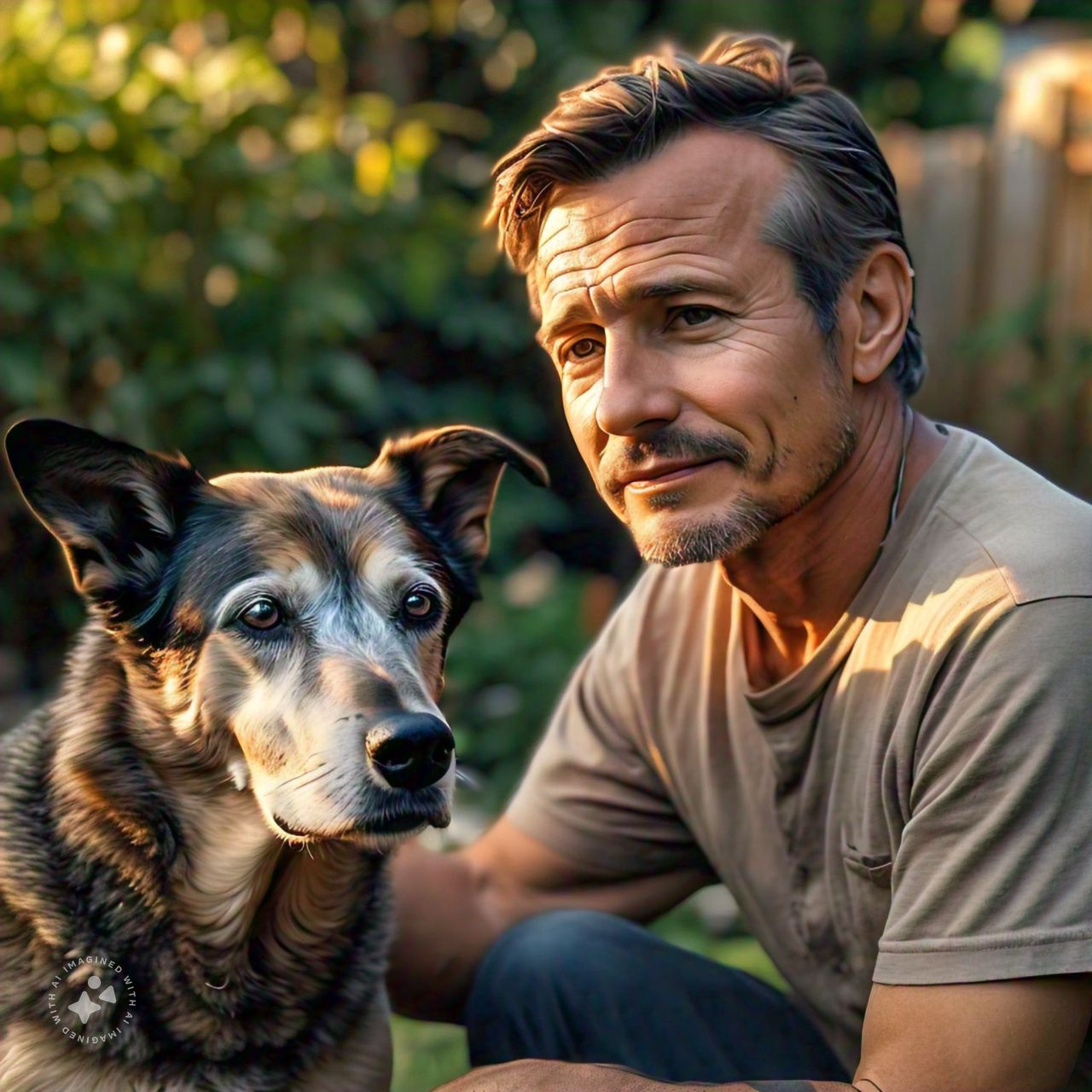
Naomi Learned About His Dog Piper’s Ear Movements, Which Showed His Mood
My name is Noami & my dog named is Piper. Piper and I are quite close friends. When my pet moves an ear to indicate how he is feeling, I am grateful for that. I would like to examine his language. I am not sure what he wants to say, actually. However, I share my expertise with you in this post so you can read my analysis.
Dogs communicate with us in many ways, one of which is through their ears. A dog’s ear position is a clear indicator of how they are feeling. Understanding the meaning behind your dog’s ear positions can help you communicate better with your furry friend. In this article, we will be discussing the Dog Ear Positions Chart, which will help you decode your dog’s emotions with ease. In this topic, we will look at the top dog ear positions chart, as well as how their mood is indicated.
Here are the top 10 dog ear positions, with a brief description of each:
Top Dog Ear Positions Chart With Indication of Their Mood
- Pricked Ears: Ears that stand upright and are pointed at the top. This is a common ear position for breeds like German Shepherds, Dobermans, and Huskies. This indicates that the dog is alert, focused, and potentially excited or ready for action.
- Floppy Ears: Ears that hang down and have no cartilage, such as those of a Basset Hound or a Cocker Spaniel. This can indicate relaxation or calmness. However, if the ears are also pulled back or flattened against the head, it may indicate fear or anxiety.
- Drop Ears: Ears that hang down, but still have a bit of cartilage in them. This is common in breeds like the Beagle, Bloodhound, and Basset Fauve de Bretagne. This can indicate a friendly or submissive demeanor, but can also indicate relaxation or boredom.
- Rose Ears: Ears that fold over and back to expose the inside of the ear. This is a common ear position for some breeds of hunting dogs, like the English Setter or the Pointer. This can indicate curiosity or attentiveness, as the dog is using its ears to gather information about its surroundings.
- Button Ears: Ears that are small, flat, and close to the head. This is a common ear position for breeds like the Jack Russell Terrier. This can indicate a playful or mischievous personality.
- Bat Ears: Ears that are large and stand upright, but are very wide at the base and taper to a point at the top. This is a common ear position for breeds like the French Bulldog. This can indicate a friendly or curious personality, but can also indicate alertness or suspicion.
- Cropped Ears: Ears that have been surgically altered to stand upright. This practice is less common nowadays, but some breeds like the Boxer or the Great Dane may still have cropped ears. The position of the cropped ears is mainly determined by the surgical procedure and does not necessarily indicate the dog’s mood.
- Prick Ears with Tilt: Ears that stand upright, but have a slight tilt or lean. This is common in breeds like the Shetland Sheepdog and the Collie. This can indicate a mix of alertness and relaxation. The slight tilt can indicate a friendly or playful demeanor.
- Semi-Prick Ears: Ears that stand upright, but have a slight fold or crease. This is common in breeds like the Australian Cattle Dog and the Samoyed. This can indicate attentiveness or curiosity.
- V-Shaped Ears: Ears that are upright, but have a V-shape at the base. This is common in breeds like the Alaskan Malamute and the Siberian Husky. This can indicate a mix of friendliness and alertness. The V-shape can also help to funnel sound into the ear canal, helping the dog to hear better.
It’s important to note that ear positions can vary within a breed, and some dogs may have a mix of different ear positions. Additionally, some dogs may have naturally floppy ears that stand up when they are alert or excited.
By using the Dog Ear Positions Chart, you can better understand your dog’s moods and respond to them accordingly. If your dog is feeling scared, you can comfort them and help them feel safe. If they are feeling playful, you can engage in some fun activities with them.




